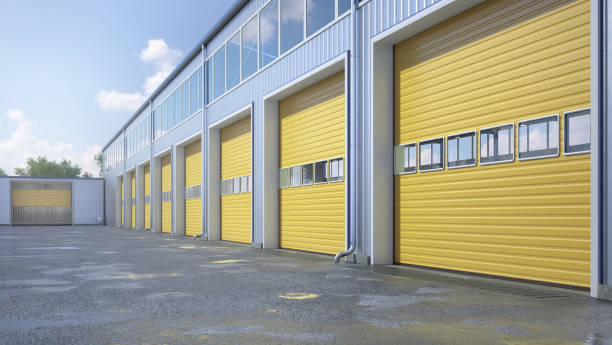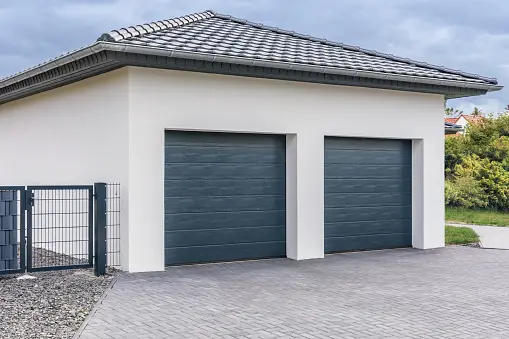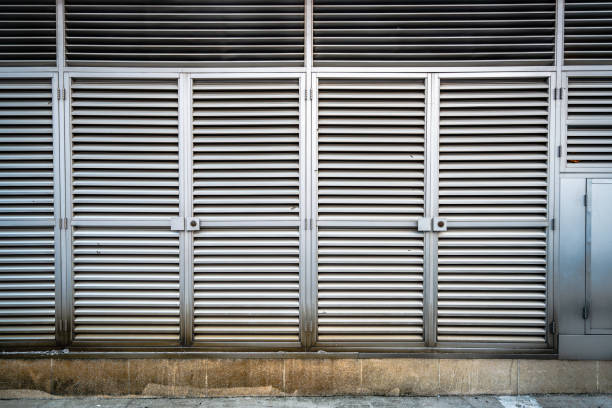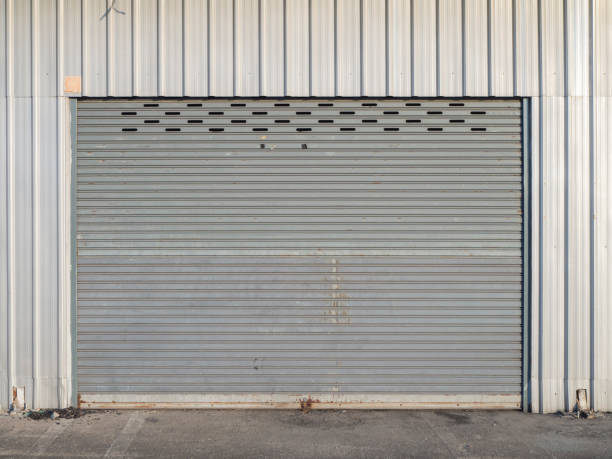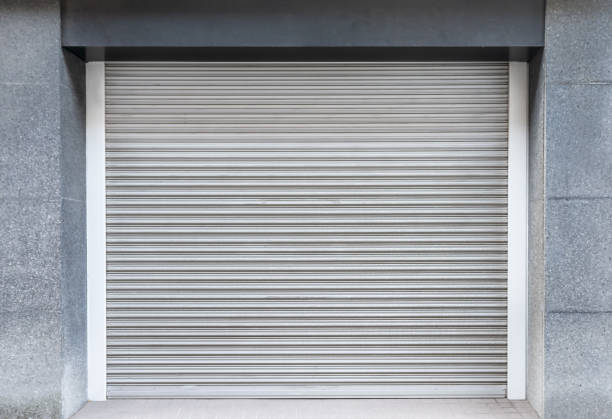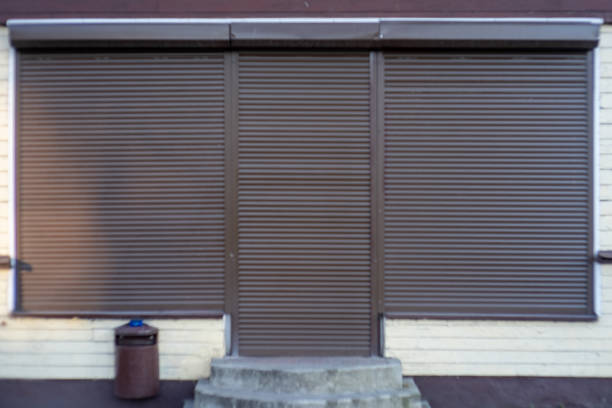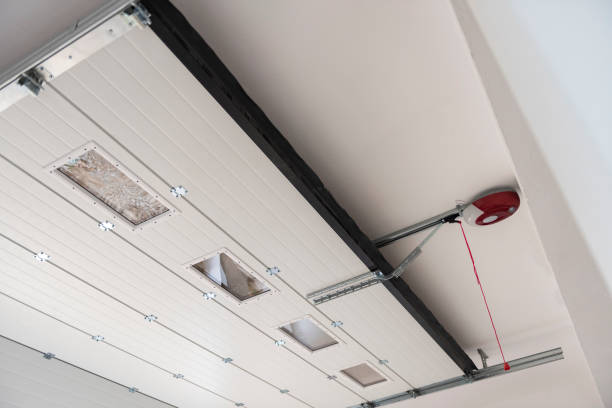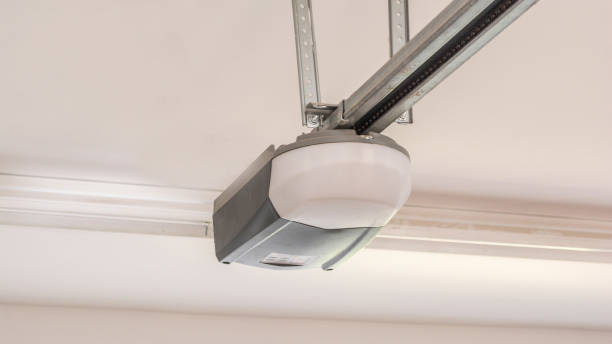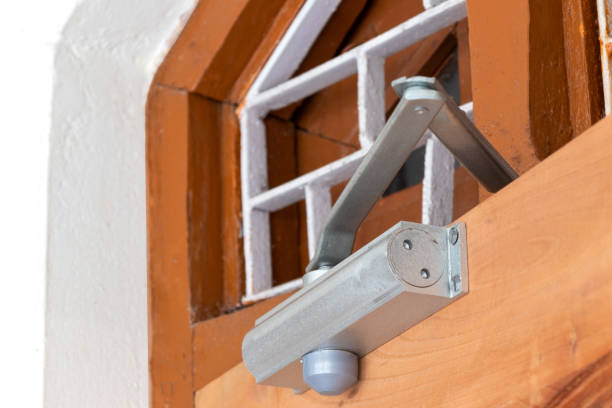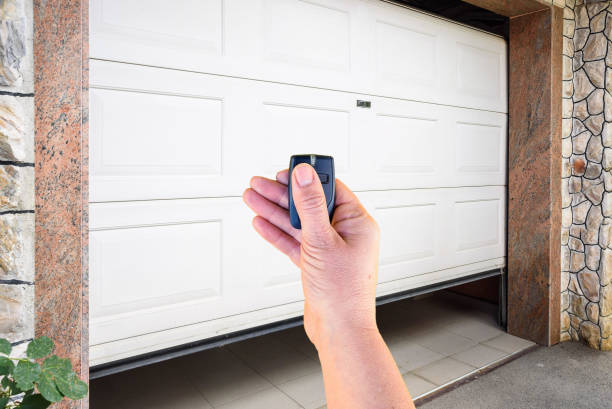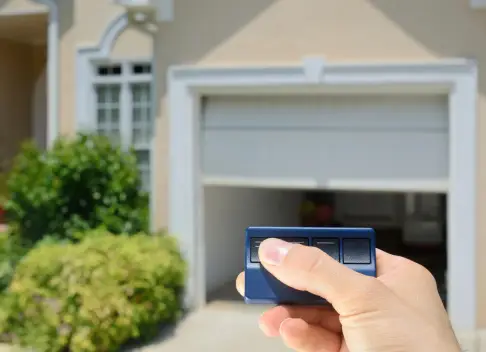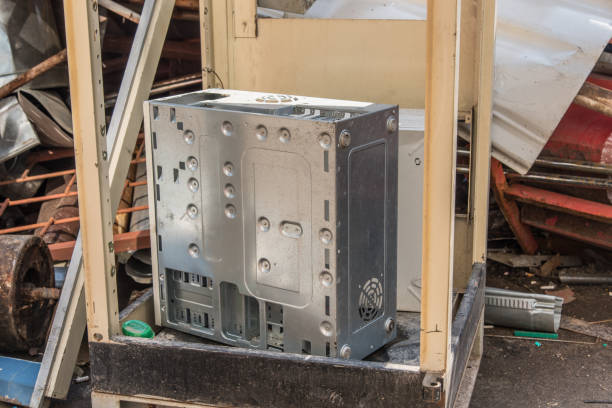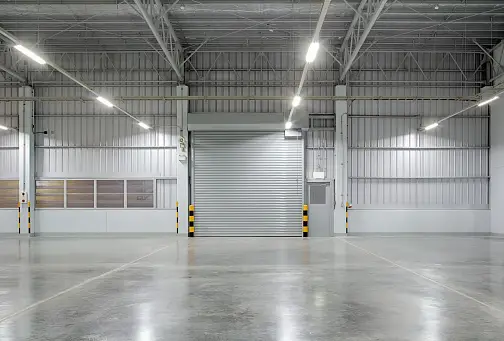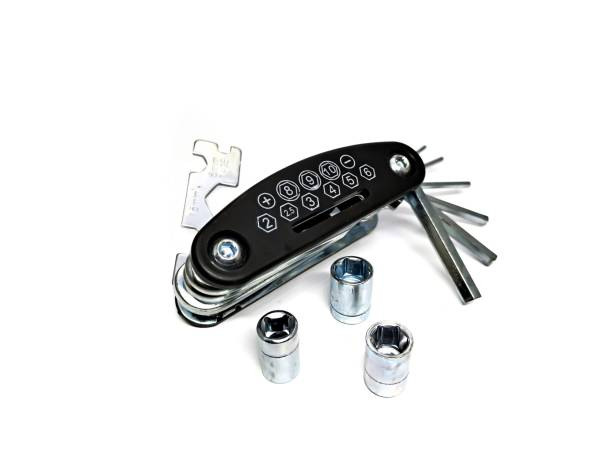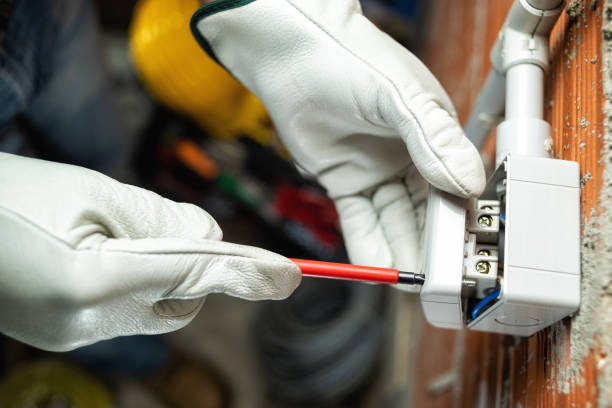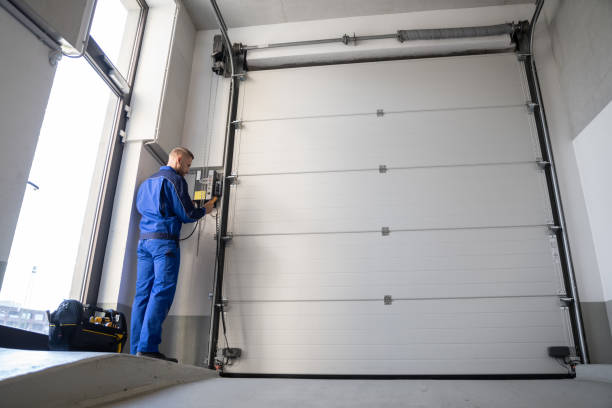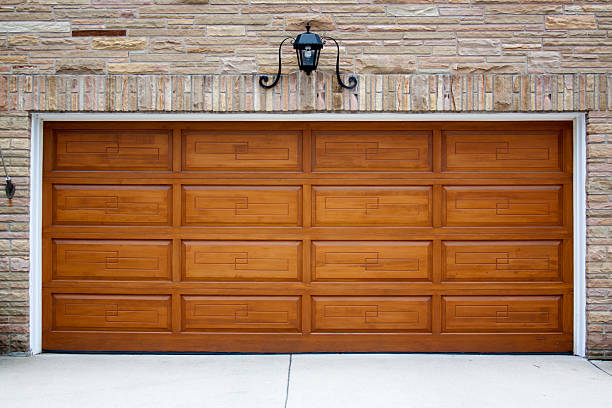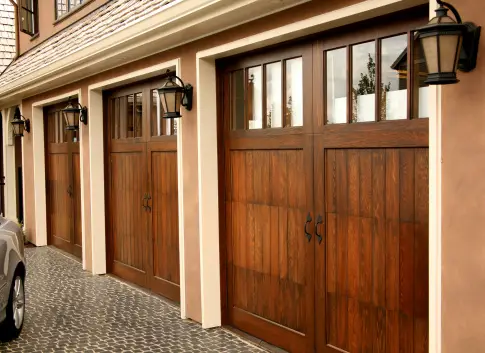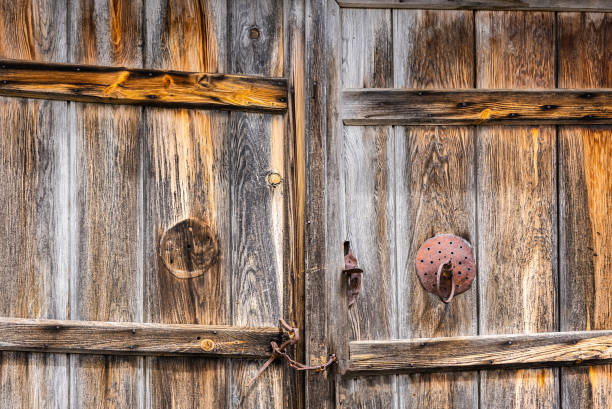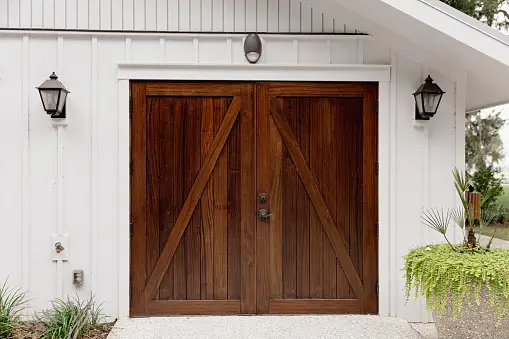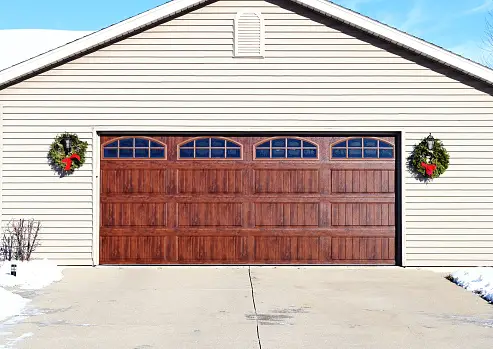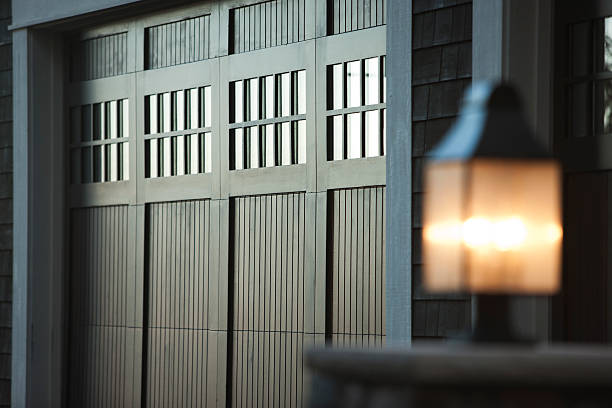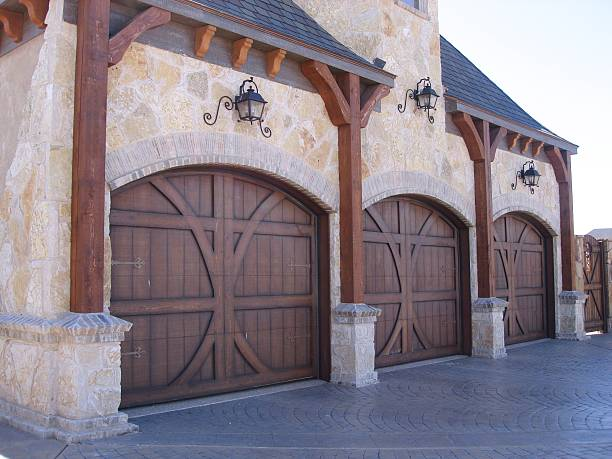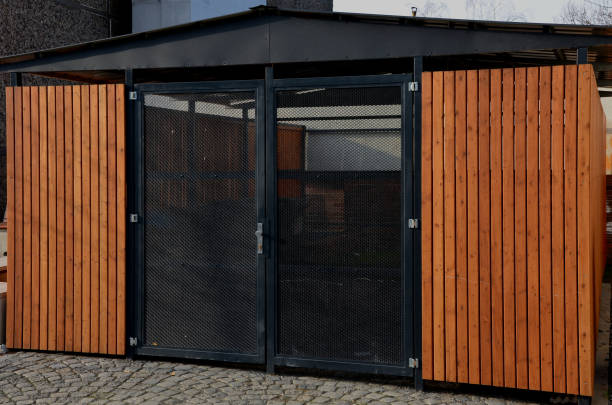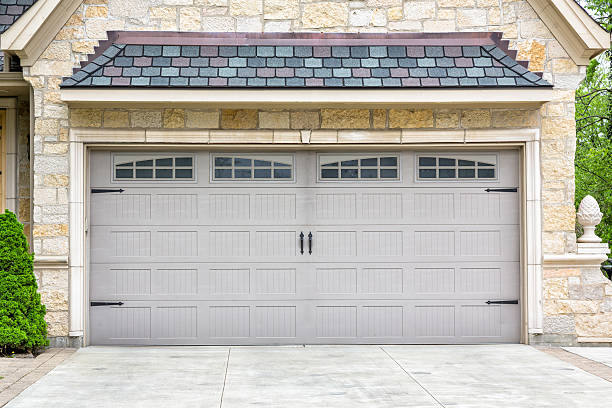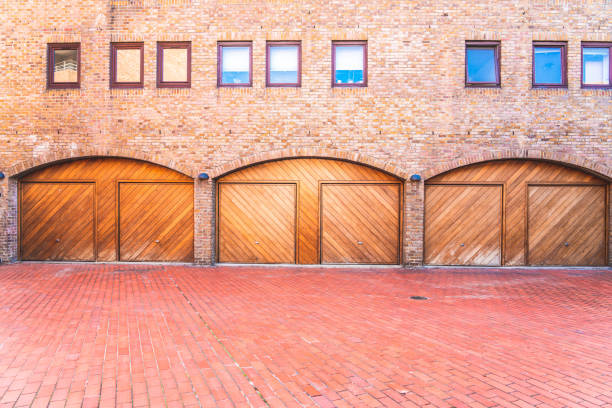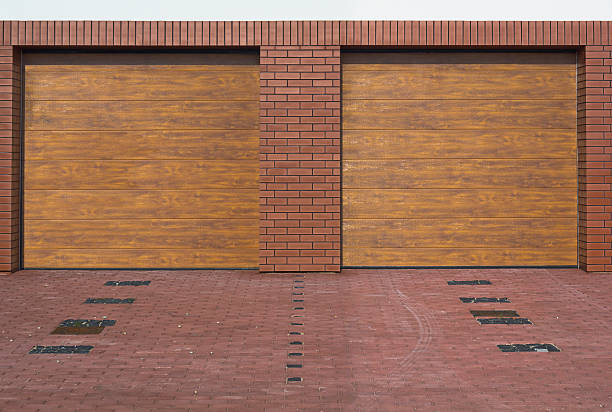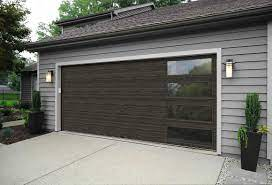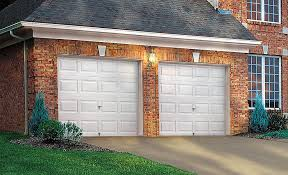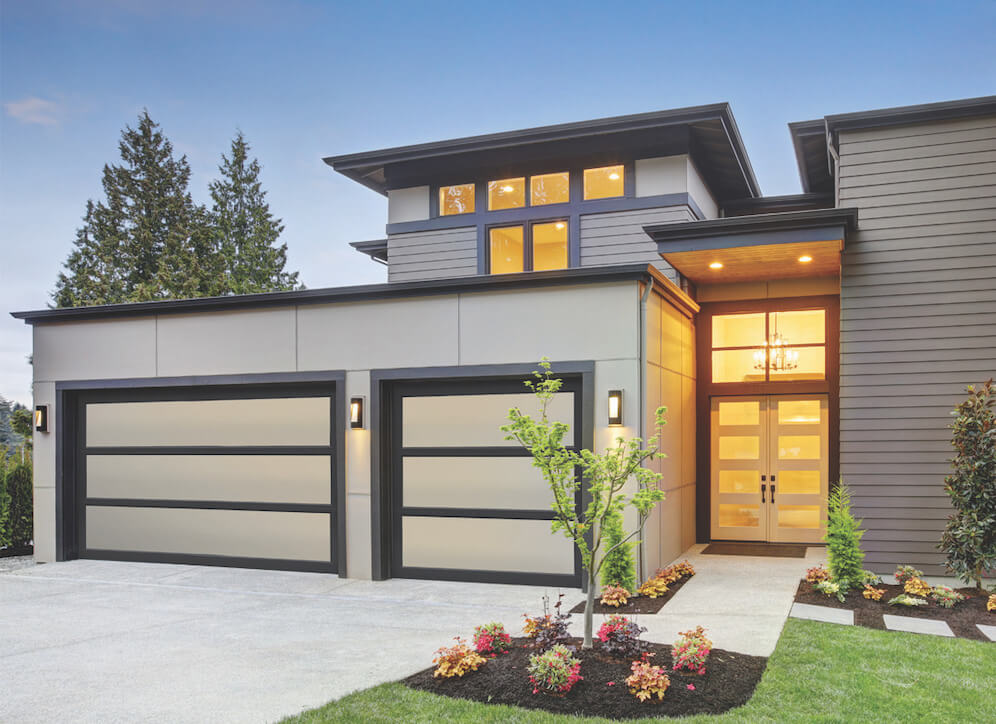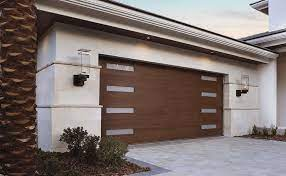
There is no pressure. Whether it is an existing garage door, or you install a garage door window, or maintain a stylish or custom garage door, you decide as the homeowner based on how it suits your taste.
Garage door windows are a trend and a conscious attempt at garage lighting, aesthetic, and home resale value.
In this article, we shall explore the idea of garage door windows; hence, helping you learn what you need to know.
Benefits of Garage Door Windows
The advantages of garage door windows can considerably improve the appearance and usability of your garage. Let’s examine these benefits in greater depth, adding pertinent keywords as needed:
Improved Aesthetics
Your garage’s overall appearance can be improved immediately by installing garage door windows. They enhance the aesthetic appeal of your garage door by adding a touch of elegance and sophistication.
Enhanced Curb Appeal

Your property’s entire desirability depends on its curb appeal. The exterior of your property will look cozier and more appealing with garage door windows, which will enhance curb appeal.
Increased Natural Light
Natural light can enter the garage through the windows in the garage door, illuminating the area during the day. This is advantageous since it creates a well-lit environment without artificial lighting. It is beneficial if your garage is used for workshop or hobby space activities.
Expanded Living Space
The garage can be converted into a multipurpose area, such as a home office, gym, or entertainment space, with the help of proper insulation and climate control. This transition is aided by the garage neighborhood, improving the neighborhood’s livability and welcomingness.
Customization Options
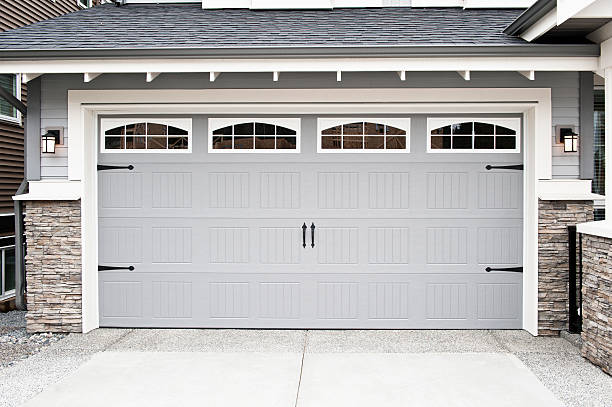
For garage door windows, you have a variety of design possibilities, including varied shapes, sizes, and patterns. This lets you alter the garage door’s appearance to suit your home’s architectural style and aesthetic preferences.
Energy Efficiency
The temperature within the garage can be controlled using energy-efficient garage door windows, particularly those with double panes and insulated frames. This may result in less energy being used and cheaper utility costs.
Ventilation and Airflow
Most garage door windows are positioned above the ordinary person’s line of vision in the top row of the garage door. Opening the garage door windows on pleasant days can offer natural ventilation, enhancing airflow and keeping the garage from getting stuffy or hot.
Safety Features
Is garage door windows safe? Incrhome’ssafety is ensured by selecting tempered glass or garage door window inserts. Compared to sharp glass shards, tempered glass is made to shatter into little, blunt bits, which lowers the danger of damage.
Property Value
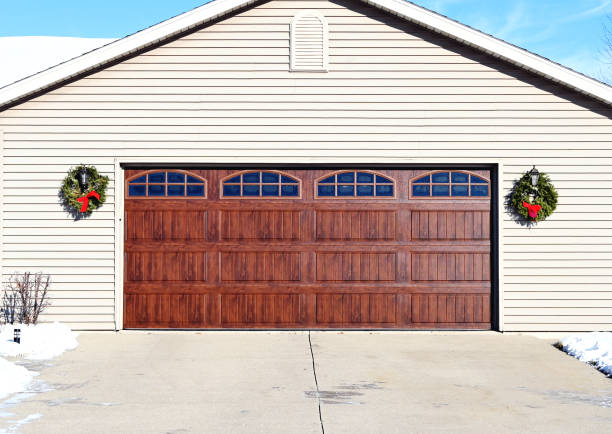
Your home’s value may rise if you replace the garage door with windows. It increases the appeal of your property on the real estate market by adding a desirable feature that many homebuyers value.
Durability and Resistance
High-quality garage door windows can sustain daily use and guard against damage from environmental factors since they are built of enduring materials like steel frames and impact-resistant glass.
Adding garage door windows to your existing or new garage door holds more benefits, such as soundproofing, visual connection to the outdoors, and security considerations.
Pros & Cons of Windows in Garage Doors
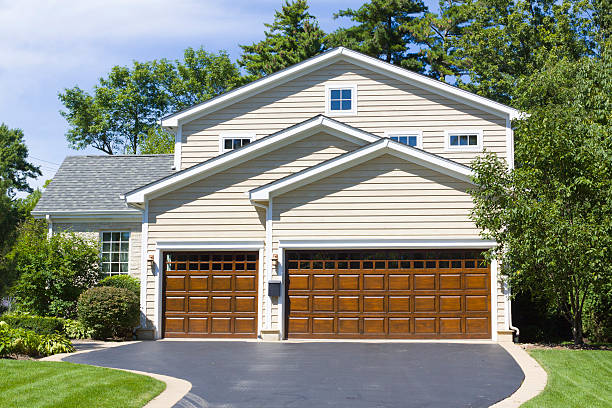
There are pros and cons to having a garage door installed with windows.
Pros of Windows in Garage Doors:
- Your garage door’s overall appearance can be significantly enhanced with garage door windows, making it more aesthetically pleasing.
- With windows, the garage receives more daylight during the day, making it brighter and more inviting.
- Opening the garage door windows makes better airflow and ventilation possible, keeping the space from becoming stuffy.
- Windows makes using the garage as a residential space more practical, opening up the possibility of a home office, gym, or amusement area.
- Garage doors improve the exterior appeal of your property with windows, which add to its overall beauty.
- The windows’ visual connection to the outside makes you see what’s happening around you.
- Energy-efficient windows can assist in controlling the temperature within the garage, possibly lowering energy use.
- Because tempered glass is made to break into safer, smaller pieces, windows with tempered glass or inserts offer increased safety.
Cons of Windows in Garage Doors:
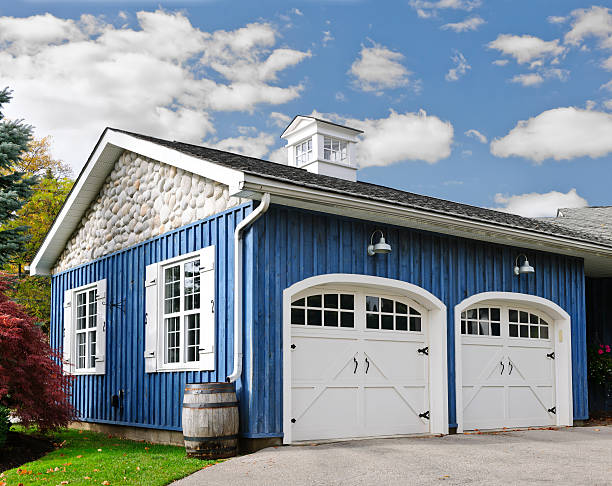
- Windows may develop into possible security weak points since they can be used as entry points or provide simple access to the garage’s contents.
- The privacy of the windows may be jeopardized depending on their layout, perhaps revealing the garage’s interior to observers.
- The garage’s temperature may be impacted by poorly insulated windows that cause heat loss in the winter and more significant heat gain in summer.
- Regular cleaning and upkeep are necessary for windows to look clear and beautiful.
- Costs associated with adding windows to a garage door might rise, especially if more sophisticated designs or cost-effective options are chosen.
- Windows are prone to damage from the elements, debris, or unintentional collision, which could result in costly repairs or replacement.
- Some garage door designs could not allow windows or may have few options for where windows can be placed.
- The garage door’s weight may increase due to adding windows, necessitating suitable hardware, and sometimes adjusting the door’s balance.
- While windows can let in natural light if the garage is not adequately insulated, they may also cause temperature changes.
- Windows might not be as soundproof as solid garage doors, which might allow more noise to enter or leave.
Garage Door Window Glass Options

When considering garage door window glass types, homeowners have a variety of choices to suit their needs and preferences:
Tempered Glass: Popular and secure, tempered glass is made to shatter into smaller, less dangerous pieces.
Clear Glass: Unhindered views are provided by clear glass, which enables natural light to stream into the garage and make it feel airy and warm.
Tinted Glass: Tinted glass makes an interior feel cozier by adding a hint of privacy and reducing glare from direct sunshine.
Double Paned Windows: These windows provide improved insulation, assisting in temperature control and enhancing energy effectiveness in the garage.
Decorative Windows: Homeowners can choose from various beautiful patterns and motifs to give their garage door a special touch.
Energy-Efficient Glass: Low-E glass is one type of energy-efficient glass that can reduce heat transfer and save energy costs.
Frosted Glass Windows: Frosted glass is perfect for spaces where transparency is not wanted since it provides privacy while letting light through.
Standard Glass: Traditional single-pane glass may require more insulation benefits than alternative options.
Insulated Glass Panels: Multiple layers of insulated glass panels enhance temperature regulation and quiet operation.
Security Glass: Options for laminated or impact-resistant glass can withstand impact and deter possible break-ins for enhanced security.
Customized Design Options: Some manufacturers provide the ability to match garage door windows to the home’s architectural style.
Faux Windows: Garage door window inserts, or decals are an option for homeowners who want the appearance of windows without sacrificing security.
Privacy Glass: Privacy glass can keep curious eyes out of garage spaces used for private activities.
Low-Maintenance Glass: Some glass varieties have smudge- and dirt-resistant coatings that are simple to clean.
Considerations for choosing the best garage door window glass include energy efficiency, security, aesthetics, and the desired amount of natural light. To make an informed choice that improves the aesthetic and performance of their garage door, homeowners should consider their unique needs and preferences.
Common Concerns About Garage Door Windows
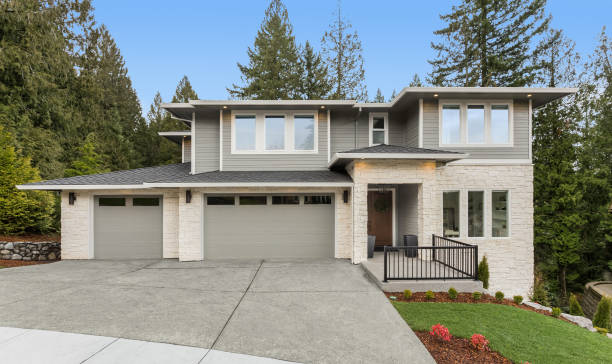
Common concerns about garage door windows include:
Security: Homeowners are concerned that glass in garage doors may weaken security, making it more straightforward for trespassers to see inside and raising the possibility of break-ins.
Privacy: Windows raises privacy concerns, primarily if the garage serves as a living place or houses priceless objects.
Durability: Homeowners worry that garage door glass could break quickly from impacts or severe weather because they don’t know how durable they are.
Maintenance: Cleaning, potential damage, and weatherproofing of garage door windows are maintenance issues that must be addressed.
Safety: Concern exists around the possibility of glass shattering injuring someone in the event of an accident or breaking. Windows cause privacy issues, especially if the garage stores expensive items or is used as a living space.
Cost: When contemplating custom designs or energy-efficient solutions, the added cost of garage door windows may be a problem.
Bottom line
Garage Door Windows: What You Need to Know. Homeowners can benefit from garage door windows while minimizing negatives by selecting the proper window type, adding security features, and handling insulation issues. When adding garage door windows, the homeowner’s tastes, needs, and budget should be considered.
A garage door installation that features windows is the new trend. Contact us to get the best for your style.

